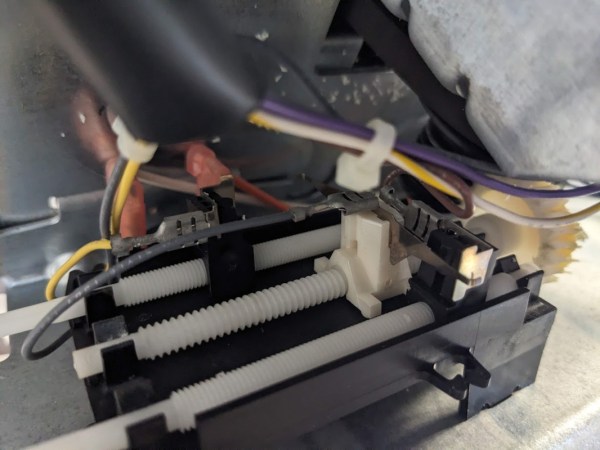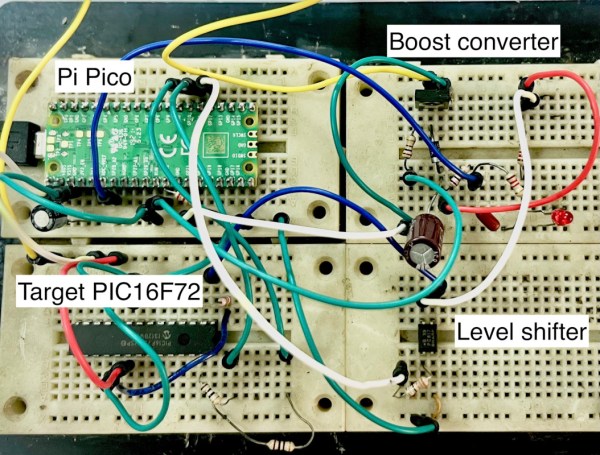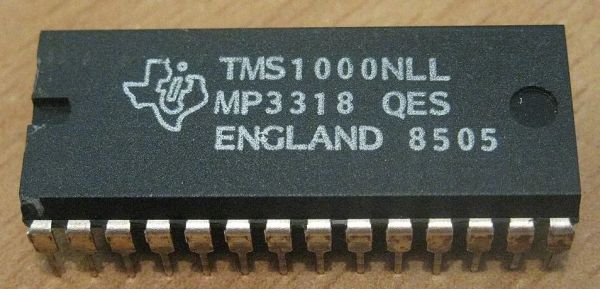Intel processors, at least for PCs, are ubiquitous and have been for decades. Even beyond the chips specifically built by Intel, other companies have used their instruction set to build chips, including AMD and VIA, for nearly as long. They’re so common the shorthand “x86” is used for most of these processors, after Intel’s convention of naming their processors with an “-86” suffix since the 1970s. Not all of their processors share this convention, though, but you’ll have to go even further back in time to find one. [Mark] has brought one into the modern age and is showing off his system board for this 8008 processor.
The 8008 predates any x86 processor by about six years and was among the first mass-produced 8-bit processors even before the well-known 8080. The expansion from four bits to eight was massive for the time and allowed a much wider range of applications for embedded systems and early personal computers. [Mark] goes into some of the details for programming these antique processors before demonstrating his system board. It gets power from a USB-C connection and uses a set of regulators and level shifters to make sure the voltages all match. Support for all the functions the 8008 needs is courtesy of an STM32. That includes the system memory.
For those looking to develop something like this, [Mark] has also added his development tools to a separate GitHub page. Although it’s always a good idea for those interested in computer science to take a look at old processors like these, it’s not always the easiest path to get original hardware like this, which also carries the risk of letting smoke out of delicate components. A much easier route is to spin up an emulator like an 8086 IBM PC emulator on an ESP32. Want to see inside this old chip? Have a look.


















